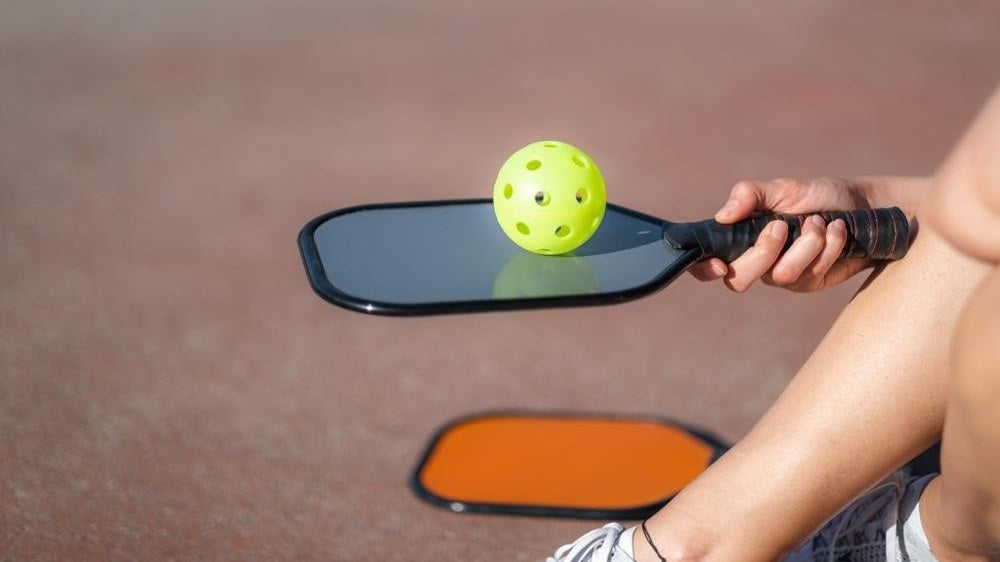Your Cart is Empty
- BRANDS
- adidas Pickleball
- Armour Pickleball
- BERK Pickleball
- CORE PICKLEBALL
- CRBN Pickleball
- CRUSH Pickleball
- Diadem Pickleball
- ellesse Pickleball Apparel
- Engage Pickleball
- Franklin Pickleball
- GAMMA Pickleball
- Gearbox Pickleball
- GRUVN Pickleball
- JOOLA Pickleball
- JOOLA 3S PICKLEBALL
- OneShot Pickleball
- ONIX Pickleball
- OWL Quiet Pickleball
- Paddletek Pickleball
- ProKennex Pickleball
- ProXR Pickleball
- PROLITE Pickleball
- ROKNE Pickleball
- RAD Pickleball
- Selkirk Pickleball
- Skechers Pickleball Shoes
- Susan G Komen Pickleball
- TAKEYA Pickleball
- VELOZ Pickleball
- Wilson Pickleball
- Volée Pickleball
- Vulcan Pickleball
- PADDLES
- BALLS
- SHOES
- MORE
- DEALS




